Peninsulas
A peninsula is a landform that is surrounded by water on three sides. It is connected to the mainland by a narrow strip of land called an isthmus. Peninsulas can vary in size from small to very large, and they can be found all over the world.
Formation of Peninsulas
Peninsulas can be formed through various geological processes. One common way they are formed is through the erosion of land by the action of water. For example, as a coastline gradually erodes over time, it can create a peninsula. Another way peninsulas can form is through the movement of tectonic plates, which can create landmasses that jut out into the water.
Types of Peninsulas
There are different types of peninsulas, including:
- Continental Peninsula: These peninsulas are connected to a larger landmass and are usually formed as a result of tectonic processes.
- Submerged Peninsula: These peninsulas were once above water but have become submerged due to changes in sea levels.
- Intercontinental Peninsula: These peninsulas are located between two continents and are often formed as a result of tectonic processes.
Examples of Peninsulas
Some well-known peninsulas include:
- Scandinavian Peninsula: Located in Northern Europe, it includes the countries of Norway and Sweden.
- Arabian Peninsula: Located in Southwest Asia, it includes the countries of Saudi Arabia, Yemen, Oman, and others.
- Yucatán Peninsula: Located in Mexico, it separates the Gulf of Mexico from the Caribbean Sea.
Study Guide
Here are some key points to remember about peninsulas:
- Define a peninsula and explain its connection to the mainland.
- Describe two different ways peninsulas can be formed.
- Identify and explain the differences between three types of peninsulas.
- Name and locate at least three examples of peninsulas on a world map.
Understanding peninsulas is important for understanding the geography of the world and the ways in which landforms are shaped and created. Take time to study and explore different peninsulas to gain a better understanding of this interesting landform!
.◂Science Worksheets and Study Guides Fifth Grade. The 6-Kingdoms of life
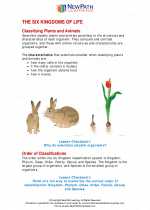
 Activity Lesson
Activity Lesson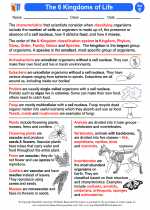
 Worksheet/Answer key
Worksheet/Answer key
 Worksheet/Answer key
Worksheet/Answer key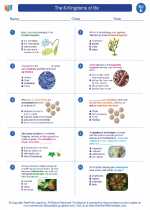
 Worksheet/Answer key
Worksheet/Answer key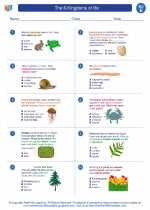
 Worksheet/Answer key
Worksheet/Answer key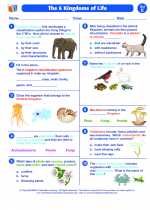
 Vocabulary/Answer key
Vocabulary/Answer key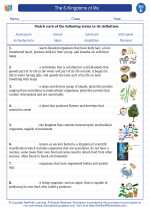
 Vocabulary/Answer key
Vocabulary/Answer key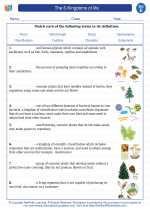
 Vocabulary/Answer key
Vocabulary/Answer key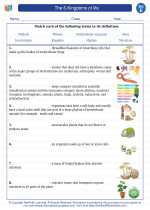
 Vocabulary/Answer key
Vocabulary/Answer key
